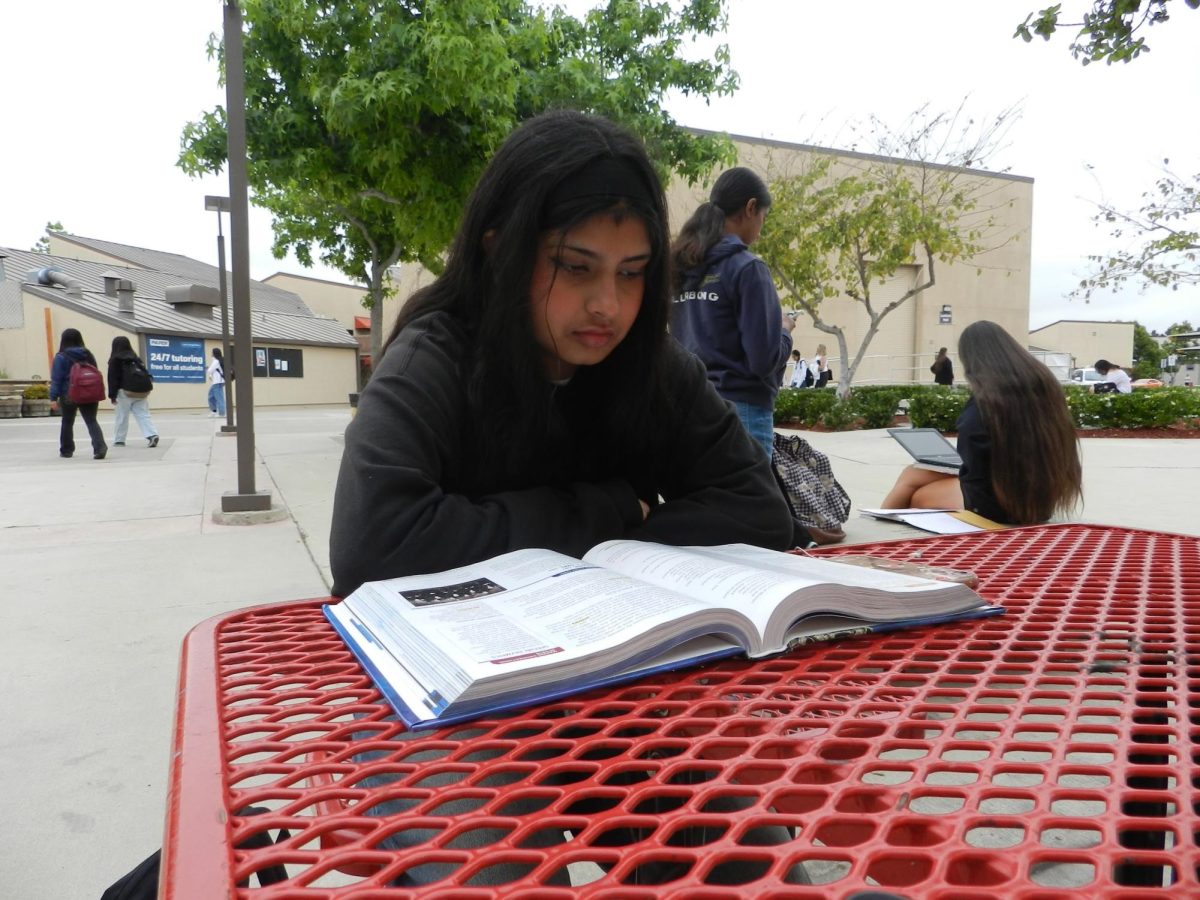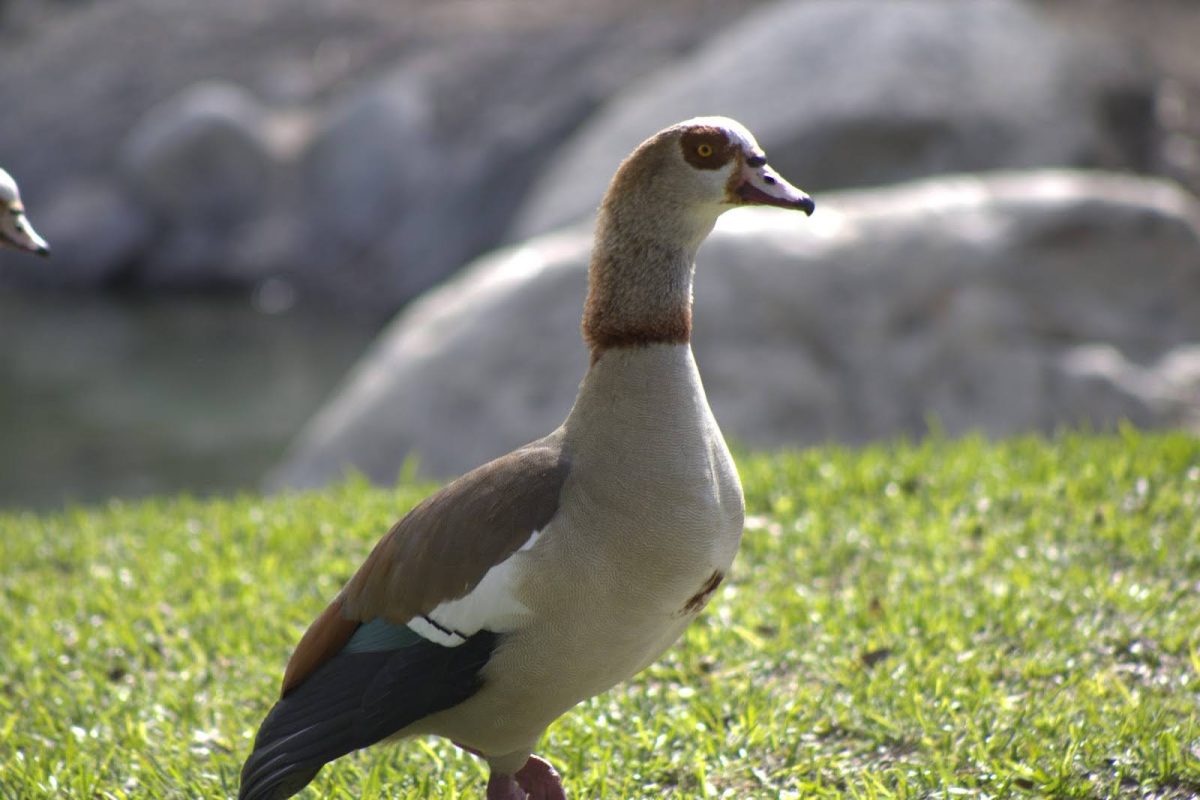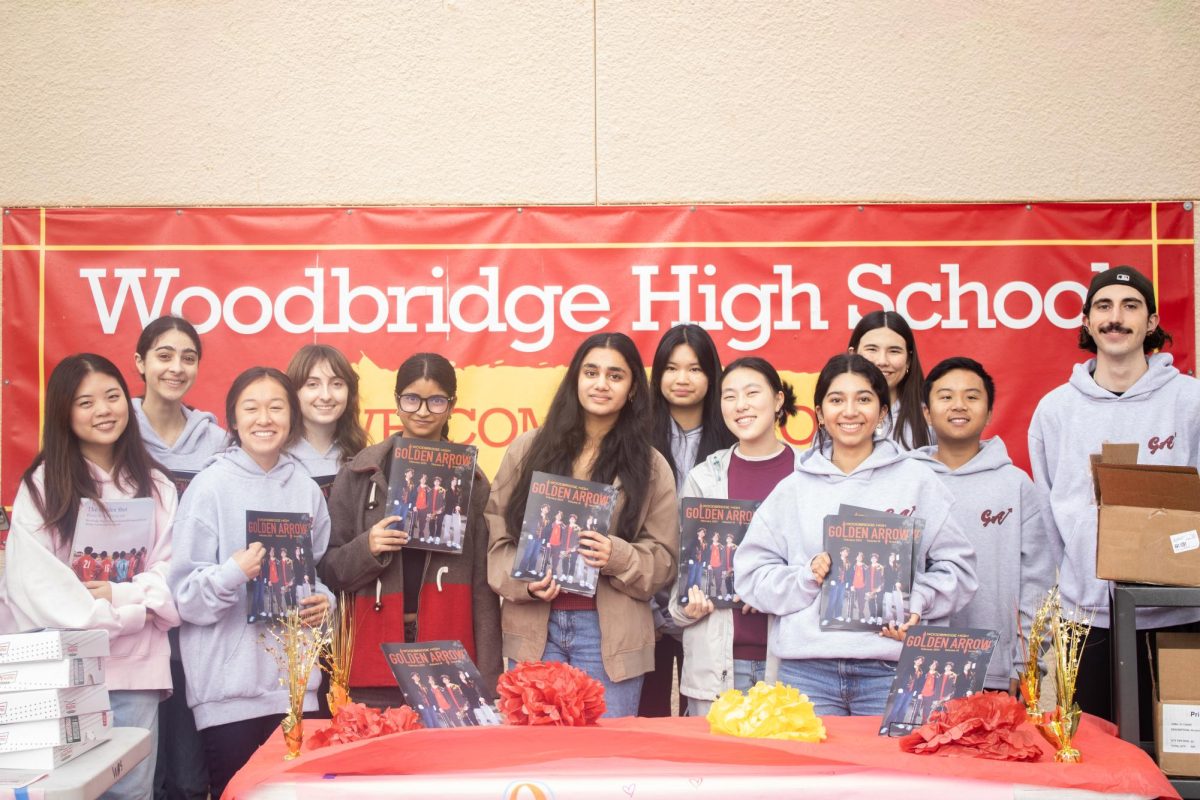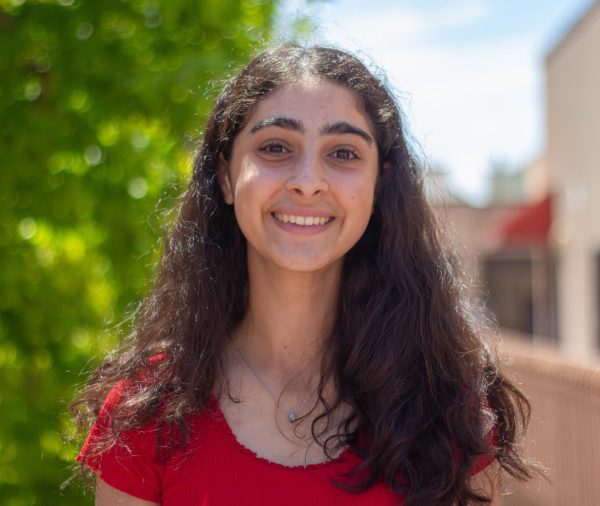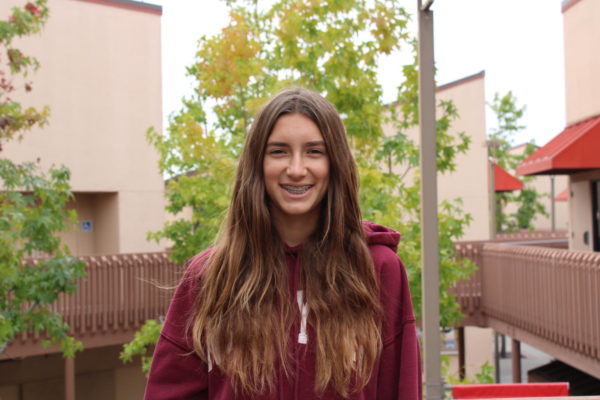Winter
During the winter holidays, freshman Mehrnoosh Hosseini enjoys friendly, festive competitions with her close friends. For Hosseini, winter is extremely special to her because of her birthday.
“With my friends, we like to build gingerbread houses and go against each other,” Hosseini said.
Another activity Hosseini enjoys is ice skating with her friends and family.
Along with all the holiday traditions, there are plenty of warm and festive food and drink options.
“I am a big fan of hot chocolate,” Hosseini said.
People drink hot chocolate to chase away the winter chills. Often topped with whipped cream and cinnamon, hot cocoa is also sold at many coffee shops and restaurants during the cold seasons.
Hanukkah
Hanukkah is the Jewish festival of lights. During the eight days of Hanukkah, people light the menorah, one candle at a time representing each night. People spend time with family and loved ones, exchanging gifts that are usually the biggest on the first or eighth day.
A game played during Hanukkah is dreidel. Each of the four sides of the dreidel have a letter inscribed on them, telling the player to give or take a game piece from the main pot. These game pieces are small and more commonly chocolate coins.
Along with chocolate, there is often a large meal full of different foods. Oftentimes this meal includes challah, a woven bread meant to symbolize unity, peace and trust. Often times the braided bread includes 12 humps, it is to symbolize the 12 tribes of Israel. Potato latkes are another dish commonly served for Hanukkah. Fried food such as these latkes are important because in olden times traditional menorahs used oil instead of candles.
Kwanzaa
Kwanzaa is an annual winter festival celebrated from Dec. 26 to Jan. 1, spanning seven days with each day devoted to a different principle. During Kwanzaa, people celebrate unity and life.
For every day of Kwanzaa, a new candle is lit on the kinara, a candle holder. On the second-to-last day, there’s a big feast filled with delicious food, bringing people together to celebrate.
Kwanzaa is inspired by South African culture but was invented in Los Angeles and is celebrated with a diverse array of foods. One symbolic dish is black-eyed peas for luck. Besides that, the food otherwise varies.
Lots of people make potato casserole while others enjoy macaroni and cheese or even catfish. Commonly, it is just a feast of a family’s favorite foods. The food is truly just made to show connections to each other.
Christmas
During the chilly winter, sophomore Bennet Fillmore gets into the Christmas spirit. To prepare for Christmas, he goes with his family to pick out the best Christmas tree they can find.
“On Christmas morning, we always go on a walk,” Fillmore said. “It feels like winter because it’s really cold.”
In addition, Fillmore enjoys getting together with his family and opening presents. He also has a unique tradition of a mini-family concert where they each sing a song.
Getting together with family is a huge part of Christmas, but the food is also important.
Along with the classic cookies and milk, families find many different foods to enjoy. One delicious dessert is gingerbread. For many families, gingerbread houses have become a tradition as a fun art project and delicious snack. Besides this dessert, many drink eggnog. To spice things up, it can be topped with whipped cream or a cinnamon stick and paired with oats or a muffin on Christmas morning.
Three Kings Day
Three Kings Day is a winter holiday celebrated on Jan. 6. It recognizes the biblical story of the three kings bringing gifts to Christ. Kids give and receive gifts on this day and in some parts of the world, like Spain, they will also leave their shoes filled with hay by the door for the three kings to come at night and stuff them with gifts.
A traditional food is Rosca de Reyes, which is a wreath-shaped sweet bread with 3 hidden baby Jesus figures inside.
“We celebrate early…because the Rosca de Reyes tends to sell out very quickly,” senior Madison Rios said.
Traditionally if you end up with one of the figures you make tamales for the rest of the family, in Rios’ family everybody makes tamales together. Tamales are made of masa, a dough made of corn, and filled with toppings and are then wrapped in corn husks and cooked.
New Year’s Day
To celebrate the New Year, many watch the ball drop in Times Square and witness fireworks illuminate the sky when the clock strikes 12. Junior Viti Novichkova explains why her favorite holiday is New Year’s.
“It’s a bigger celebration and my family usually goes all out with food and a mini party…so it’s usually a lot of fun,” Novichkova said.
Her New Year’s celebration is filled with music and reflecting on the current year, as well as hopes for the upcoming year.
Wishes are often made through food on New Year’s. One such food is grapes. The Spanish tradition of eating 12 grapes with each chime after midnight is said to bring good luck. Many families just eat their favorites.
“We come from Russia, so it’s usually a lot of traditional food,” Novichkova said.
In Russia, New Year’s is often celebrated with sparkling drinks and mayonnaise pasta salad. For many, New Year’s is not just about celebrating the future but also the past.
Lunar New Year
In February, many will celebrate the exciting and colorful holiday of Lunar New Year.
One tradition during Lunar New Year is giving red envelopes filled with money. The color red symbolizes joy and good fortune which is why it is also used on lanterns hung in front of doors to ward against evil spirits and bad luck.
On Lunar New Year, sophomore Hannah Yu goes to celebrations at shopping centers where people give gifts and watch the Dragon Dances to drive away evil spirits.
Lunar New Year has lots of cultural foods that symbolize different things. For example, sweet rice balls or dumplings called tangyuan are a sign of family and togetherness. Many of these foods are found at festivals and are made by families. Yu loves celebrating the Lunar New Year, mostly for the food.
Some of Yu’s favorite dishes include moon cake, lo mein, beef and broccoli, hot and sour soup and fish filet.
Lunar New Year is a chance for her whole family to come together and enjoy delicious cuisine.
Three Kings Day
Three Kings Day is a winter holiday celebrated on Jan. 6. It recognizes the biblical story of the three kings bringing gifts to Christ. Kids give and receive gifts on this day and in some parts of the world, like Spain, they will also leave their shoes filled with hay by the door for the three kings to come at night and stuff them with gifts.
A traditional food is Rosca de Reyes, which is a wreath-shaped sweet bread with 3 hidden baby Jesus figures inside.
“We celebrate early…because the Rosca de Reyes tends to sell out very quickly,” senior Madison Rios said.
Traditionally if you end up with one of the figures you make tamales for the rest of the family, in Rios’ family everybody makes tamales together. Tamales are made of masa, a dough made of corn, and filled with toppings and are then wrapped in corn husks and cooked.



